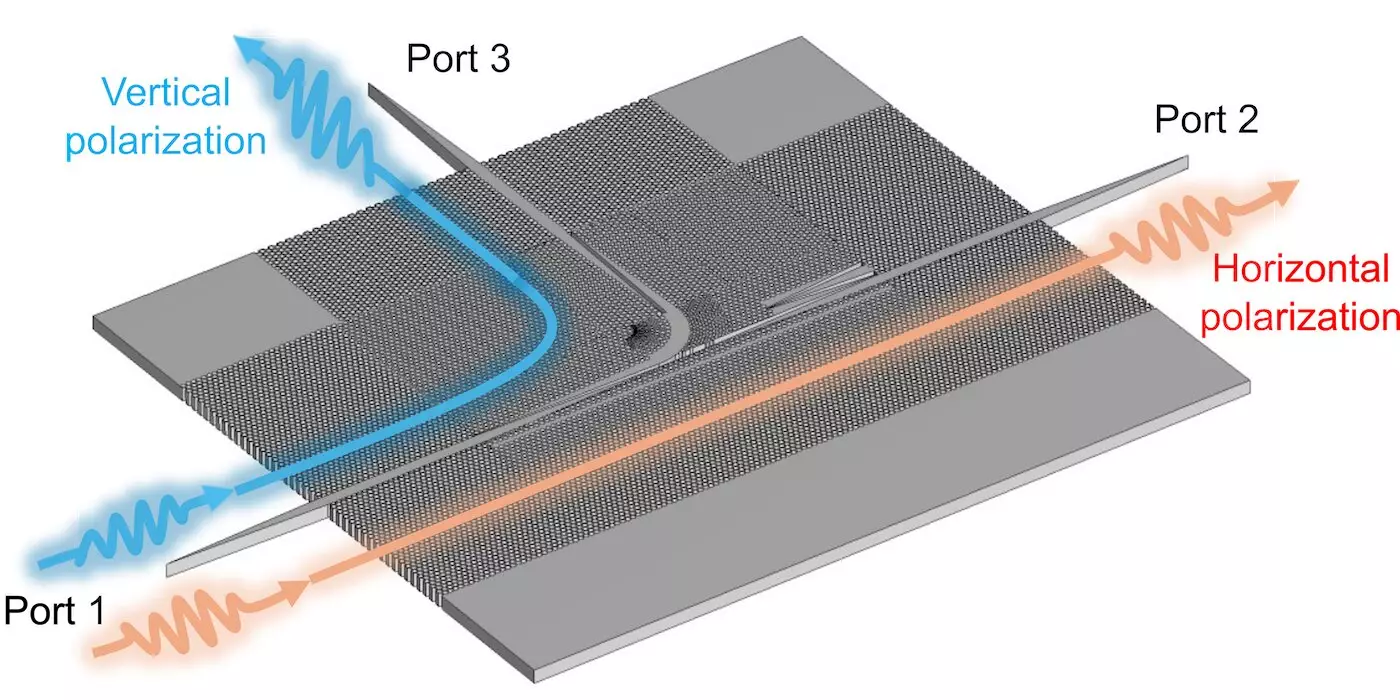The evolution of wireless communication has always been driven by the demand for faster, more efficient data transfer. With the arrival of 6G on the horizon, researchers are exploring the exciting realm of terahertz (THz) communications. This advanced technology promises unprecedented data rates, significantly outpacing the capabilities of current networks. The key to realizing this potential lies in the efficient management of the vast spectrum available at terahertz frequencies, a challenge that has long plagued communications engineers.
Recently, a groundbreaking achievement has been made by a team of scientists led by Professor Withawat Withayachumnankul at the University of Adelaide. They have developed an innovative polarization multiplexer that operates within the sub-terahertz J-band, specifically in the range of 220 to 330 GHz. This novel device not only enhances our ability to utilize THz frequencies but also positions us closer to the practical realization of 6G technology.
At its core, a polarization multiplexer is a device that facilitates the simultaneous transmission of multiple data streams over the same frequency band without compromising signal quality. This is akin to multiple conversations occurring simultaneously on a single phone line. Professor Withayachumnankul’s team has achieved a remarkable milestone, doubling the data transmission capacity without increasing bandwidth, thus reducing the potential for data loss compared to existing technologies.
The polarization multiplexer employs standard fabrication processes, making it both cost-effective and suitable for large-scale production. This aspect is essential for market viability, as the telecommunications industry necessitates solutions that can be created at a low cost while meeting rigorous performance benchmarks.
The implications of this technology extend far beyond just improving existing systems. As Dr. Weijie Gao, a collaborator on this project, noted, the polarization multiplexer serves as a critical enabler for robust and reliable high-speed wireless networks. With its potential applications ranging from high-definition video streaming to augmented reality and the intricate demands of next-generation mobile networks, the impacts could be truly transformative.
Furthermore, the authors of the study, published in the journal Laser & Photonic Reviews, point out that overcoming these technical hurdles could spark newfound interest and research into THz communications. Professor Masayuki Fujita, another contributor to this study, believes that the next one to two years will witness a flurry of research activities as scientists explore innovative applications for this technology.
The team anticipates a progressive roadmap over the next three to five years, leading to the development of commercial prototypes and initial offerings. Their optimism is grounded in the potential that THz technology brings to various sectors, including telecommunications, imaging, radar, and the rapidly expanding Internet of Things (IoT). Professor Withayachumnankul expressed his vision that, within a decade, widespread adoption of these terahertz innovations could revolutionize multiple industries, fundamentally changing how we communicate.
As researchers strive to refine and expand the capabilities of THz technologies, the integration of the polarization multiplexer with prior advancements in beamforming devices creates a comprehensive platform for next-generation communication functions. This synergy not only enhances performance but also opens avenues for a more connected world, fundamentally reshaping our technology landscape.
The development of the polarization multiplexer represents a critical leap toward unlocking the full potential of terahertz communications. By addressing the challenges associated with spectrum utilization and data transmission capacity, this innovation is set to propel high-speed wireless networks into a new era. As we stand on the brink of the 6G revolution, the advancement of these technologies promises to redefine our interaction with information, ultimately leading to an enriched digital experience across various domains.
With continued investment and research into terahertz communications, we may soon witness a transformation that reshapes our approach to connectivity and data processing in unprecedented ways.


Leave a Reply